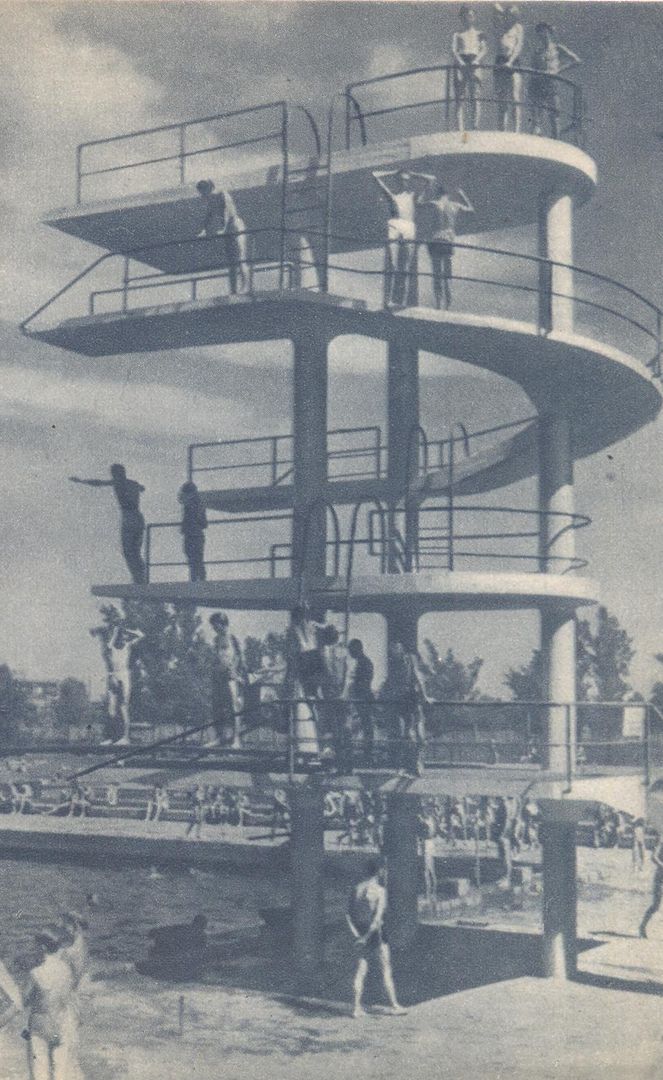Polish Army Stadium in Warsaw
6.7

Overview
The Polish Army Stadium in Warsaw, also known as Legia Warsaw Stadium, is not only an important sports facility but also a place with rich history and architecture. Located in the center of Warsaw, the stadium is part of the legendary football club Legia Warsaw. Its history dates back to 1917, when the team began playing at the Agrykola field. In 1922, an agreement was signed to build a new stadium, leading to its inauguration on August 9, 1930, with a match against CF Europa Barcelona. The stadium has undergone numerous renovations, and its capacity has changed over the years, reaching up to 25,000 seats in the 1960s. During World War II, the facility was destroyed, but after the war, efforts to rebuild it were quickly undertaken. Between 2008 and 2010, the stadium underwent a comprehensive modernization, and its new structure meets the highest UEFA standards. The modern facility, opened on August 7, 2010, was designed by the German firm JSK Architekci and has a capacity of 31,800 seats. The stadium serves not only as a venue for football matches but also hosts cultural events, concerts, and other gatherings. An interesting fact is that from 2011 to 2014, the stadium was named Pepsi Arena, and during the 2021/2022 season, it hosted the Ukrainian club Shakhtar Donetsk due to the Russian invasion of Ukraine. Around the stadium, there are numerous commemorations related to the history of the club and sports in Poland, including monuments to Kazimierz Deyna and plaques honoring Marshal Józef Piłsudski.
Location
Tickets
Powered by GetYourGuide
You can also find here:
2025 Wizytor | All Rights Reserved
